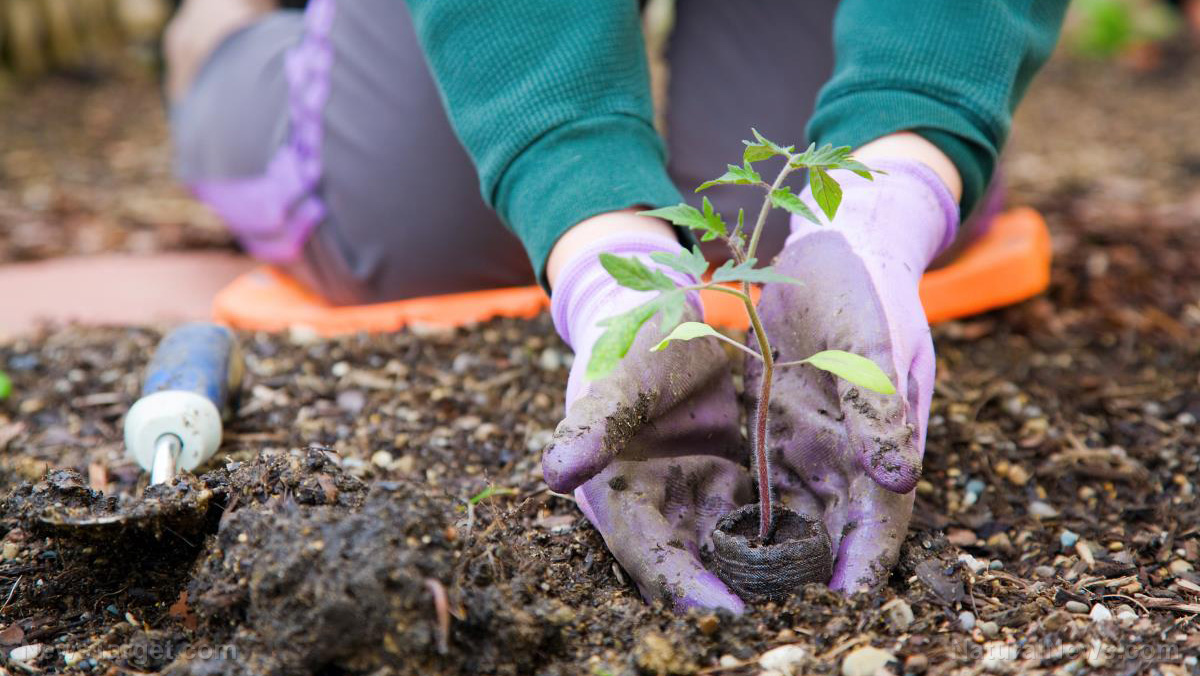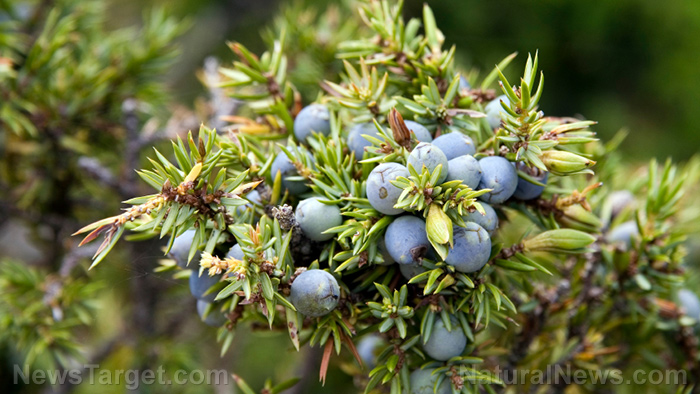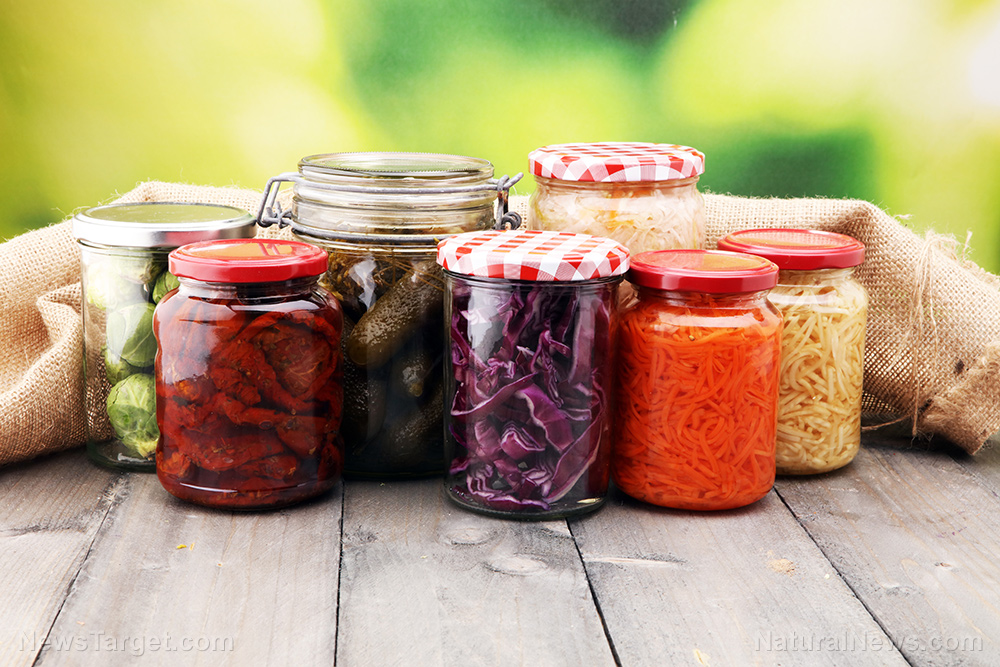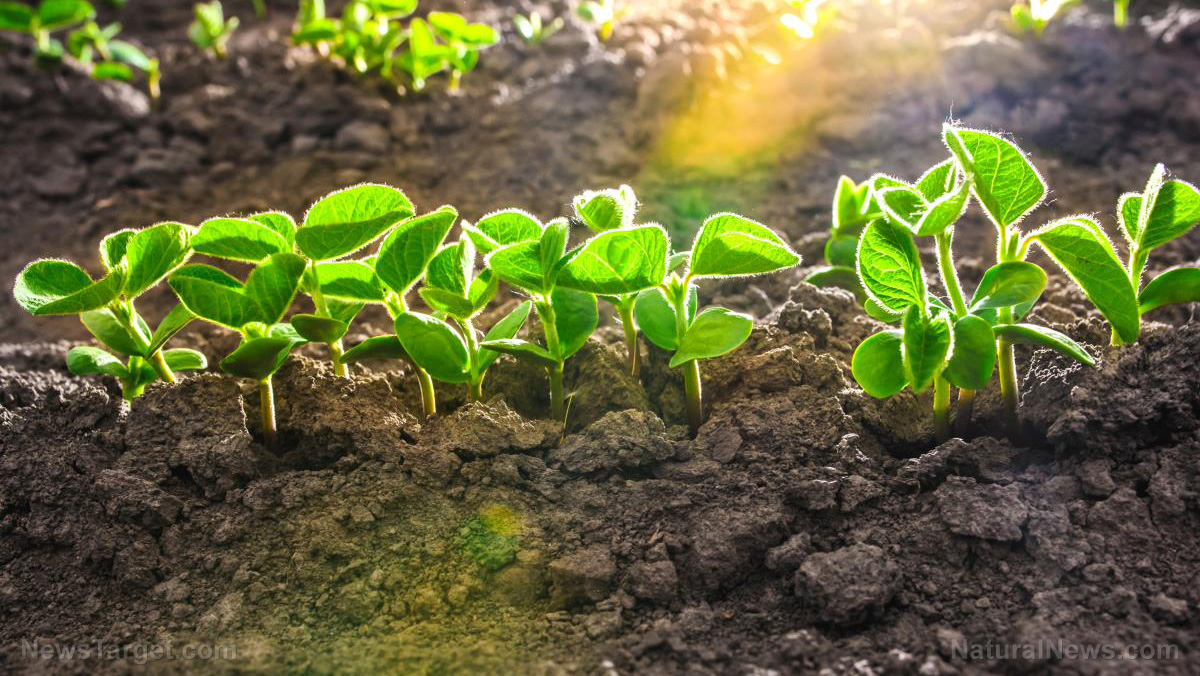A fool-proof guide to growing your own okra
10/03/2018 / By Janine Acero
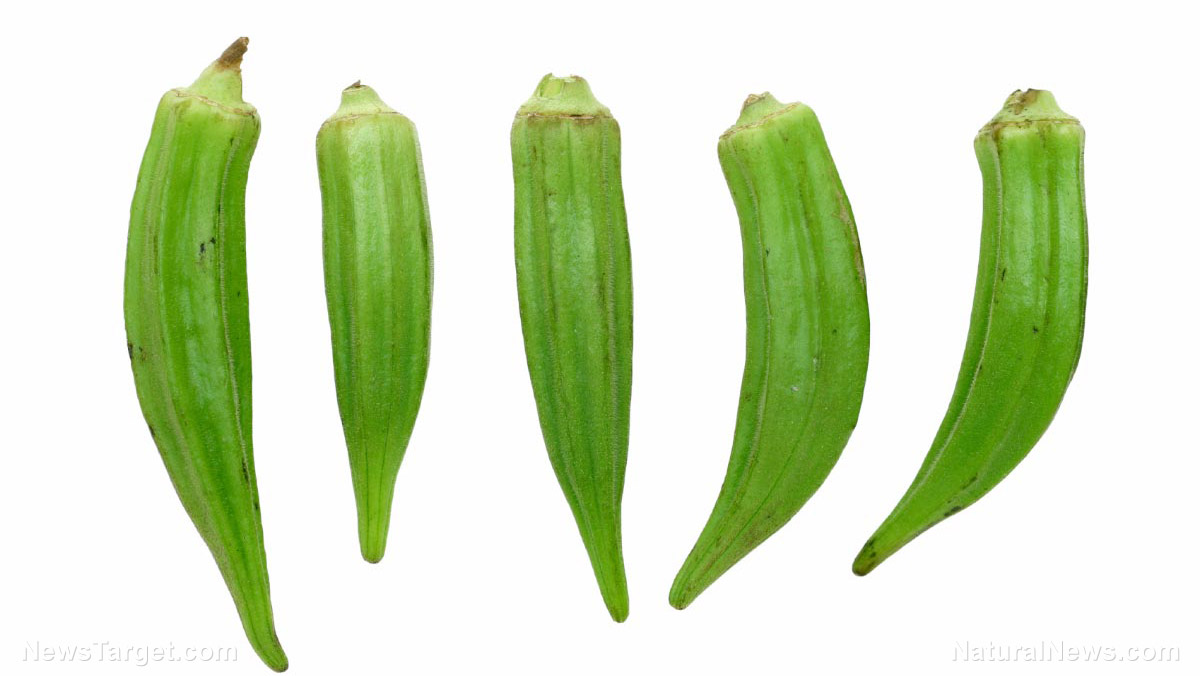
Okra may not be everyone’s cup of tea, but like other vegetables, it packs some serious nutritional benefits. For those of you who do love this green seed pod, did you know that they are easy to grow? All you need is this simple but fool-proof guide to growing your own okra, and you will see your pantry fully stocked with your favorite veggie in no time. (h/t to GoodHousekeeping.com.)
Growing your okra
If you plan on growing your own okra, the first important thing to note is that this herbaceous annual plant loves warm weather. Your okra plants will need full sun and will grow best in well-drained soil.
Sow the seeds about 1/2 to 3/4 inches deep; spacing is three inches apart in rows three feet apart. When seeding okra directly in the ground, wait until after the soil has warmed and the air temperature reaches at least 60 degrees. Use fresh seed soaked overnight or make a small cut on each seed coat with a file to encourage germination.
Okra plants do not like to sit in water, so make sure to give them only what they need. They are also moderate feeders – a little bit of fish emulsion is enough fertilizer for them.
If you live in the South, you may plant your first batch of okra in early spring, and another batch in June. In short-season areas, you may start planting indoors for six weeks before setting them out, or three to four weeks after the last frost date. Sow two seeds per peat pot and clip off any weaker seedling.
Okra grows really fast. In about a week or so you’ll begin to see the first shoots popping up through the soil. Okra can grow several feet in height, so be sure to give them plenty of space when planting, about 12 to 18 inches apart.
Visit your garden every day to harvest them before they grow too big to eat. The ideal length for harvesting is four inches – any longer, and the okra will be too tough to eat.
When your okra plant reaches four inches, mulch to keep out weeds and conserve moisture. Make sure to water your plants during dry spells and side-dress with compost every three to four weeks. If you’re in an area with long, hot summers, cut the plants back almost to ground level in midsummer and fertilize to produce a second batch.
Okra will keep producing fruit if you pick them frequently. Be sure to remove and compost any mature pods you might have missed earlier.
If you harvest any okra that grew too big or too tough to eat, do not discard it. Instead, simply allow the pods to dry on the plant, wait for them to turn a nice tan and crispy brown color, then pull off and save those seeds. Store the seeds in a dry container and replant during the next warm planting season.
Many people are sensitive to the pods’ prickly spines. Protect your skin by wearing gloves and long sleeves when harvesting, or simply plant a spineless variety, such as Clemson Spineless. (Related: Okra is a gut-friendly vegetable you need to be eating more often.)
Other considerations
Not only does okra produce frequently, but it also seldom succumbs to pests or diseases. Your okra’s worst enemy is grasshoppers. These insects will devour the leaves and mark them for demise before your plants can start producing fruit. Ants can also be a problem. Use an organic garden spray once you spot these pests.
You may also hand-pick any stink bugs that appear as they can cause deformed pods. Other insects that may ravage your okra include corn earworms, cabbage loopers, aphids, and flea beetles.
Another potential bane to your okra is fusarium wilt, a common soilborne wilt fungal disease and an issue in hot regions. This disease will cause leaves to yellow and wilt. If you find your okra affected by fusarium wilt, you can simply pull and destroy the affected plants. Crop rotation is the best preventive measure for this problem.
If you already have a garden with other vegetables, you will find that okra can get along with almost any plant. You can grow them alongside eggplants, peppers, cucumbers, black-eyed peas, melon, and basil.
Sources include:
Tagged Under: clean foods, fresh produce, gardening, harvest, home gardening, homegrown vegetables, Homestead, homesteading, how-to, off grid, Off-the-grid living, Okra, organics, Plants, sustainable living, urban gardening
RECENT NEWS & ARTICLES
Homesteading.News is a fact-based public education website published by Homesteading News Features, LLC.
All content copyright © 2018 by Homesteading News Features, LLC.
Contact Us with Tips or Corrections
All trademarks, registered trademarks and servicemarks mentioned on this site are the property of their respective owners.













